Ton Thanh Pagoda with a total area of 33,410m2, of which the pagoda area alone is 940m2, was originally named Lan Nhuoc Pagoda or Lan Nha, built by Zen master Vien Ngo in 1808. The Zen master's secular name was Nguyen Ngoc Dot, son of Mr. Nguyen Ngoc Binh and Mrs. Tra Thi Hue in Thanh Ba village, Phuoc Dien Trung commune, Phuoc Loc district.
The pagoda was originally built in the shape of the letter Tam, which means 3 parallel rows of houses including the Front Hall, the Main Hall and the Lecture Hall. And after many renovations, the pagoda now has the shape of the letter Dinh because 2 more buildings, the East Hall and the West Hall, were built for Zen monks and nuns to practice here. The old Front Hall was moved to the back to become a meditation hall, the Main Hall was divided into 2 Front Halls and the Main Hall. The Lecture Hall still retains the Note that the District Chief of Phuoc Loc at that time wrote for Zen Master Vien Ngo.
According to Dai Nam Nhat Thong Chi, this is a famous pagoda with "magnificent pillars and splendid gold" in the ancient land of Gia Dinh. Previously, the pagoda was called Tong Thanh, meaning a prosperous lineage, taken from the first two words of the parallel sentence in the main hall. However, over time, people have become accustomed to calling it Ton Thanh or Ong Tang Ngo Pagoda to commemorate a Zen master who sacrificed his life to bring good things to all living beings.
During the three years (1859-1861), the patriotic scholar Nguyen Dinh Chieu returned to Thanh Ba, using Ton Thanh pagoda as a place to teach, write poetry and prescribe medicine. During the attack on the Tay Duong fort at Truong Binh market on the full moon night of November in the year of Tan Dau, one of the three wings of the insurgent army departed from Ton Thanh pagoda to burn down the religious teaching house and cut off the head of the mandarin Hai Phu Lang Sa. Moved by the righteous hearts of the “hamlet people, the neighborhood people”, poet Nguyen Dinh Chieu composed the famous “Elegy for the Righteous People Who Died in the Battle of Can Giuoc” at Ton Thanh pagoda. Nguyen Dinh Chieu’s stele was also placed at this pagoda. And now this Elegy is engraved at the Monument of the Righteous Soldiers of Can Giuoc.
In the front hall of the temple, there is a Medicine Master chandelier with 12 Great Vows of Medicine Master Lapis Lazuli Light Tathagata in the Lapis Lazuli world , regardless of who is sick or ill and comes here to pray, they will be freed through asceticism - this is also the Dharma instrument of the temple. The memorial tablets of the patriots who died in the battle of Tay Duong fortress are also placed here.
And like other pagodas in the South, Ton Thanh Pagoda also holds ceremonies on the full moon days of January, July and October. Particularly on February 18, it is the anniversary of Zen Master Vien Ngo - the founder of the pagoda.
Nowadays, the architecture of the Pagoda has changed a lot. Many more structures have been built. Some artifacts of the Pagoda are still preserved such as the Great Bell and the statue of Bodhisattva Ksitigarbha. The horizontal lacquered boards, scrolls, and paintings of Zen master Vien Ngo are all the same age as the Pagoda.



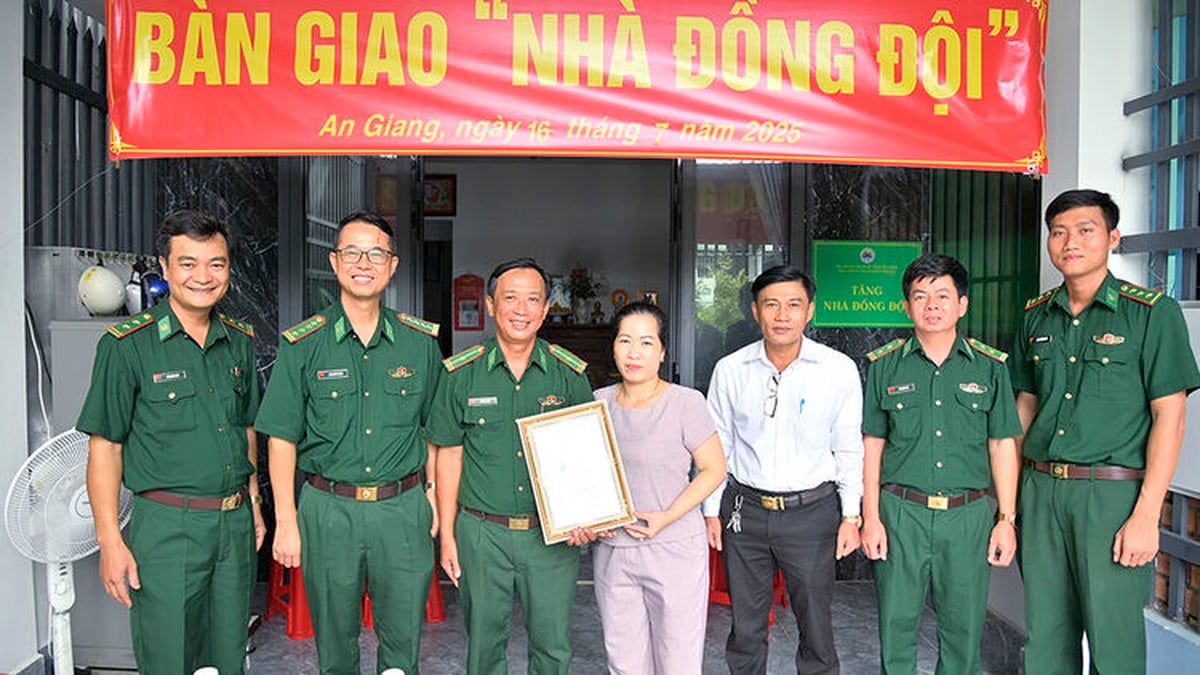


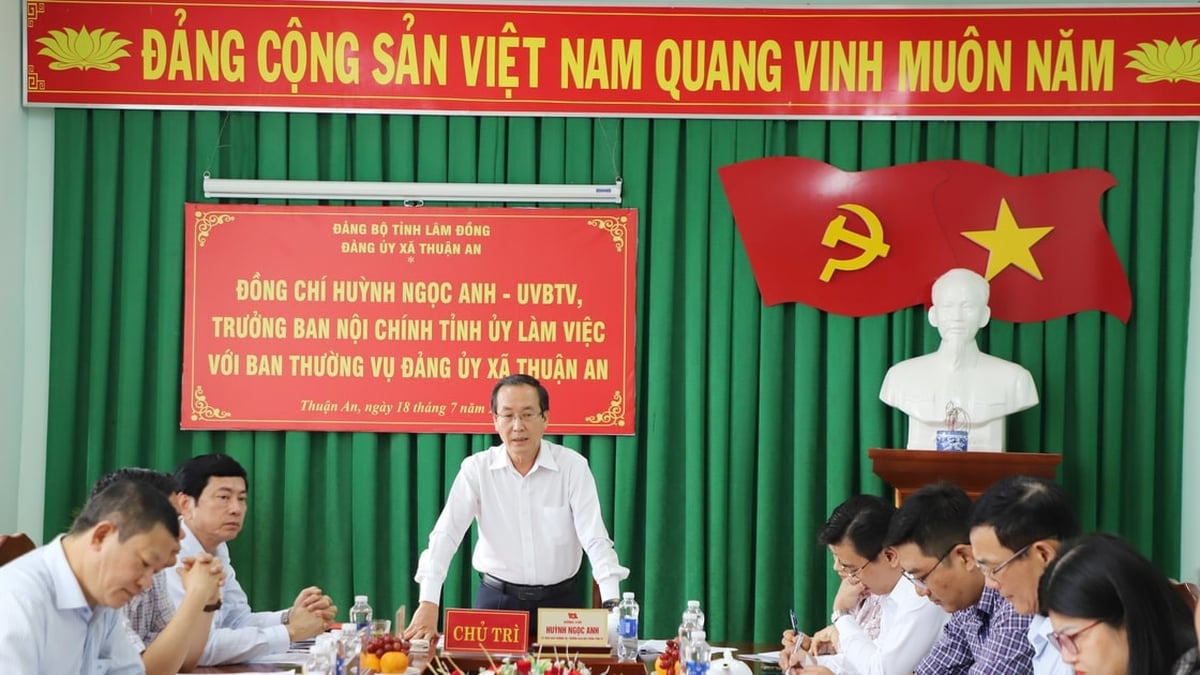
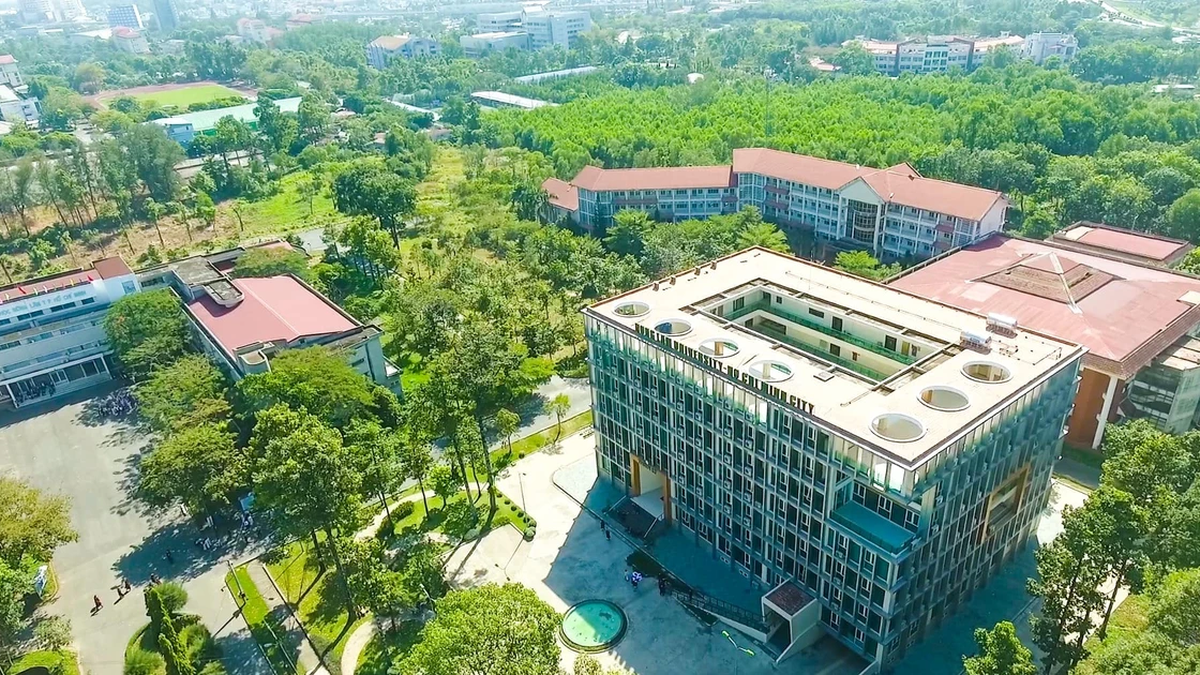
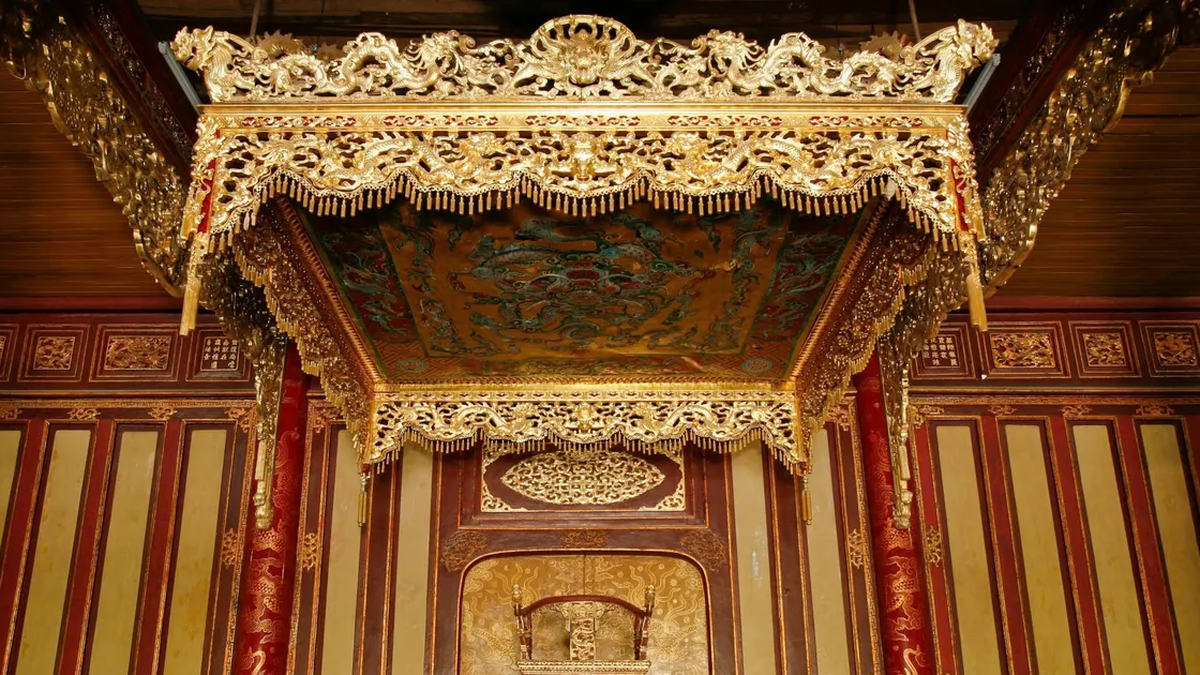


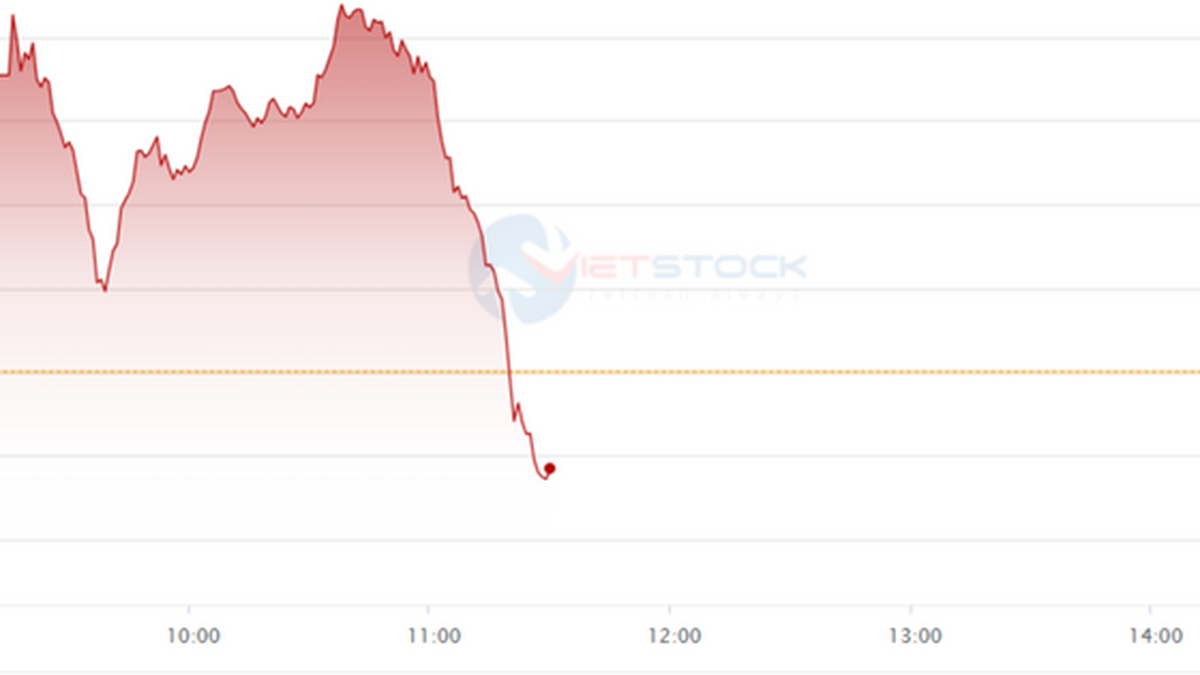
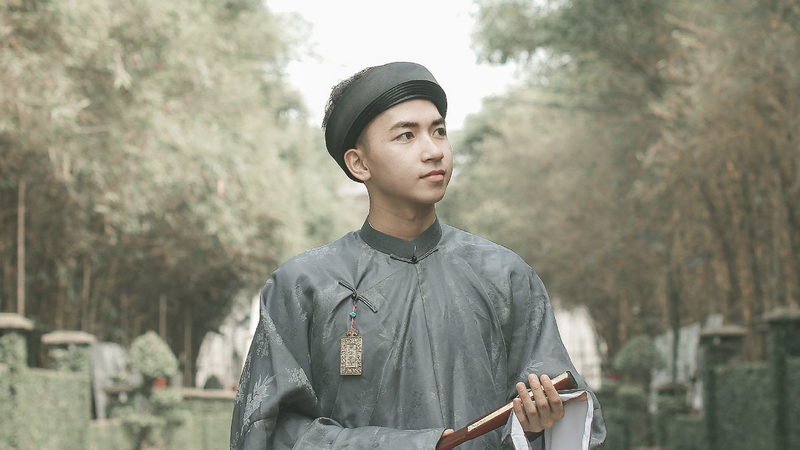













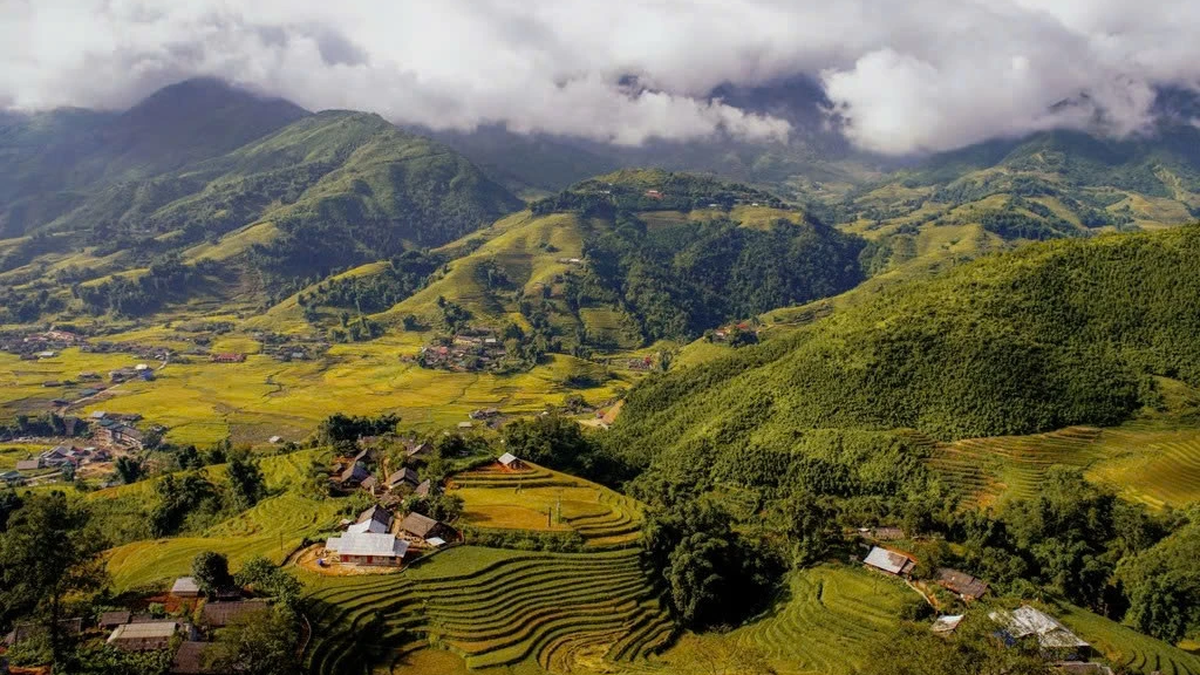




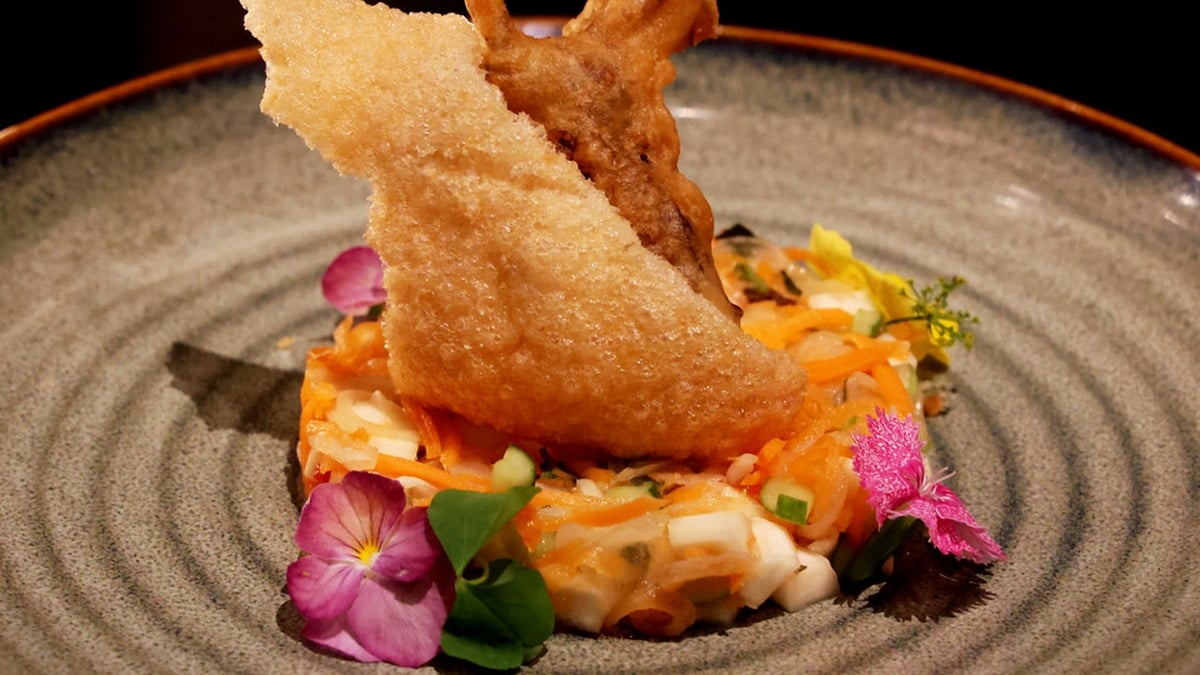
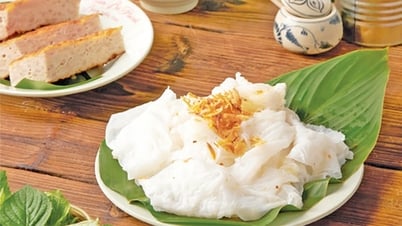



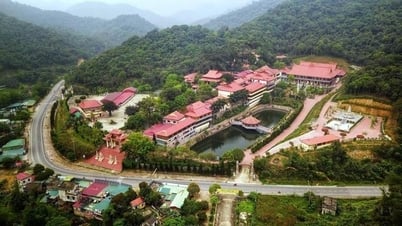

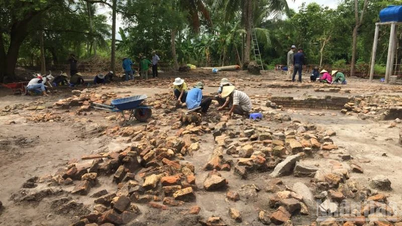
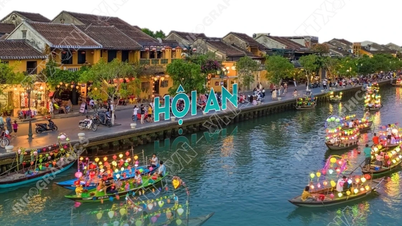

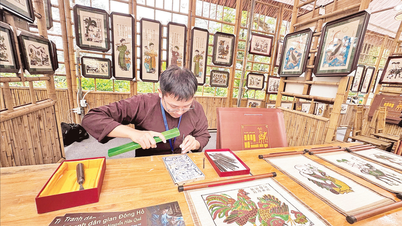




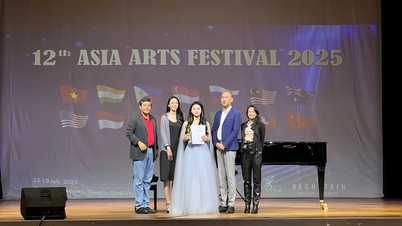

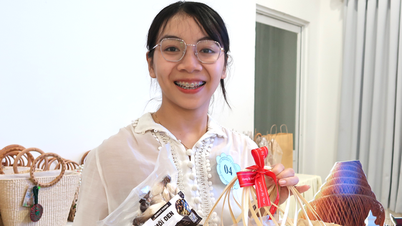

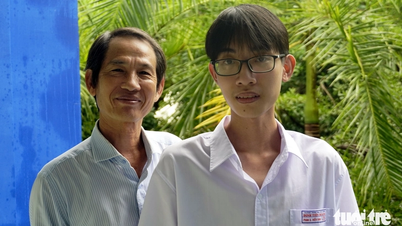










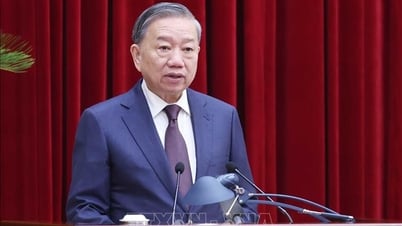



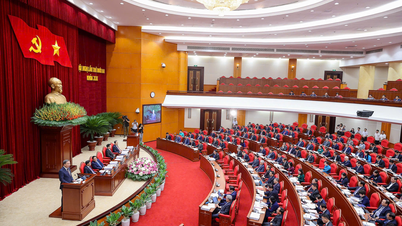

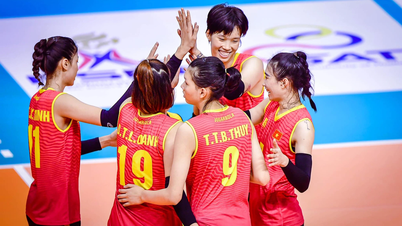


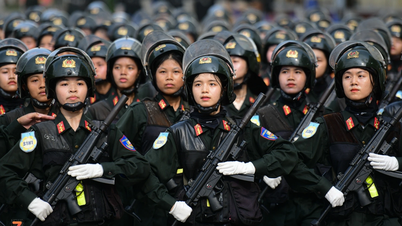
















![[Infographic] In 2025, 47 products will achieve national OCOP](https://vphoto.vietnam.vn/thumb/402x226/vietnam/resource/IMAGE/2025/7/16/5d672398b0744db3ab920e05db8e5b7d)
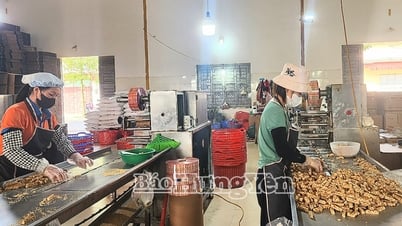








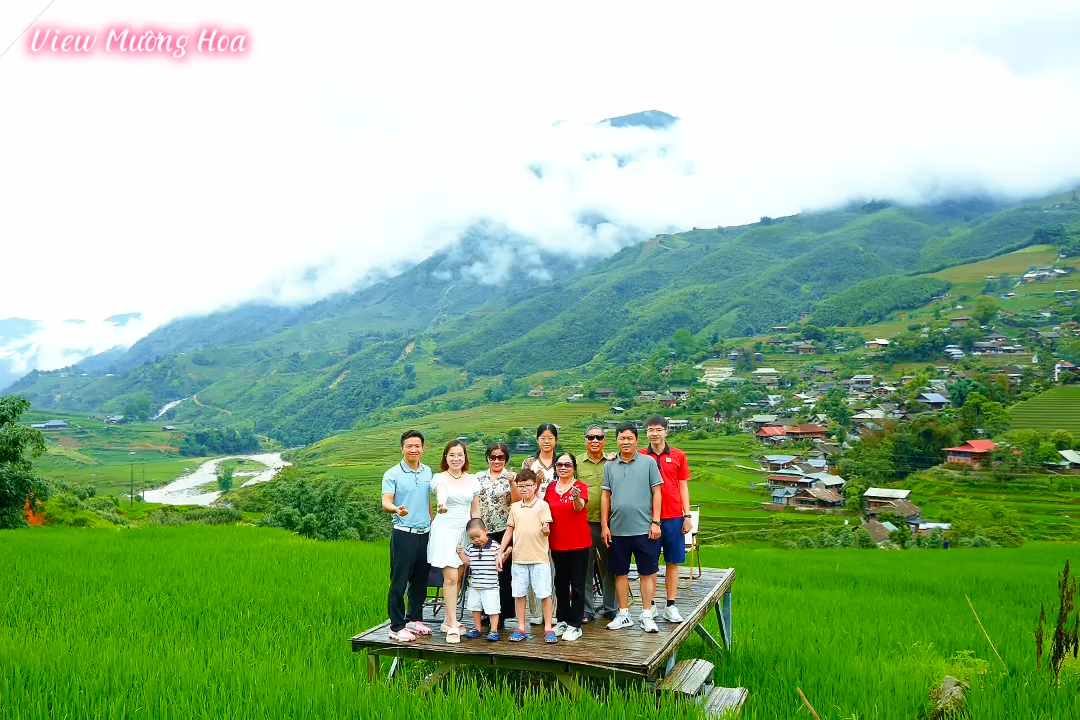

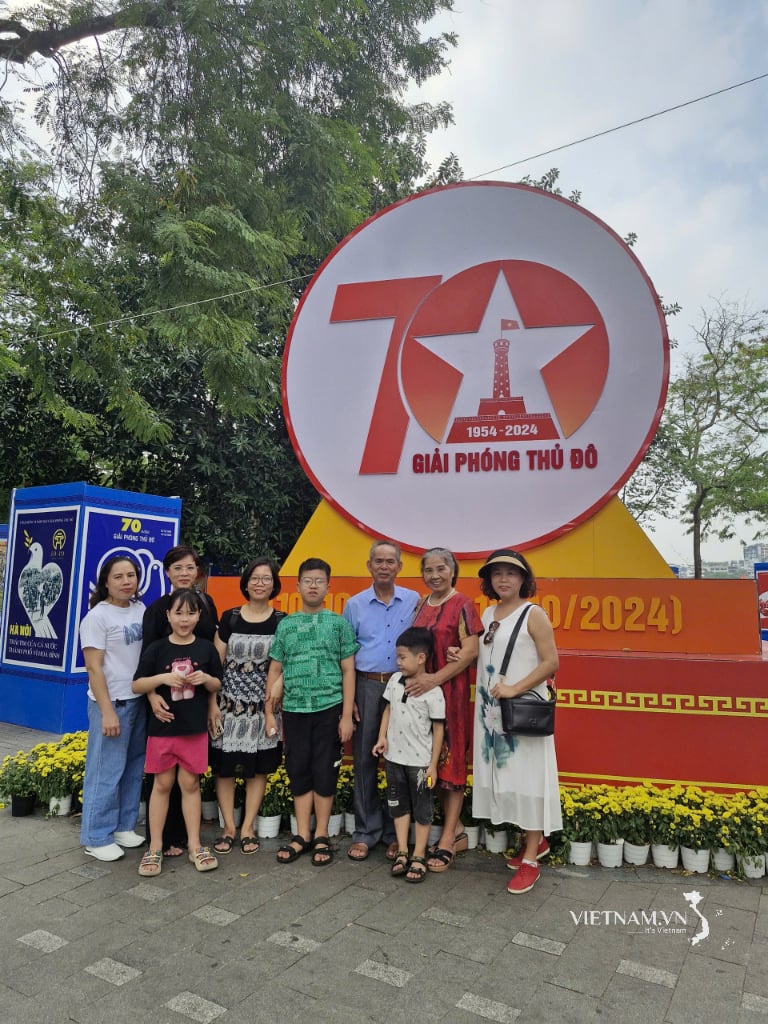

Comment (0)